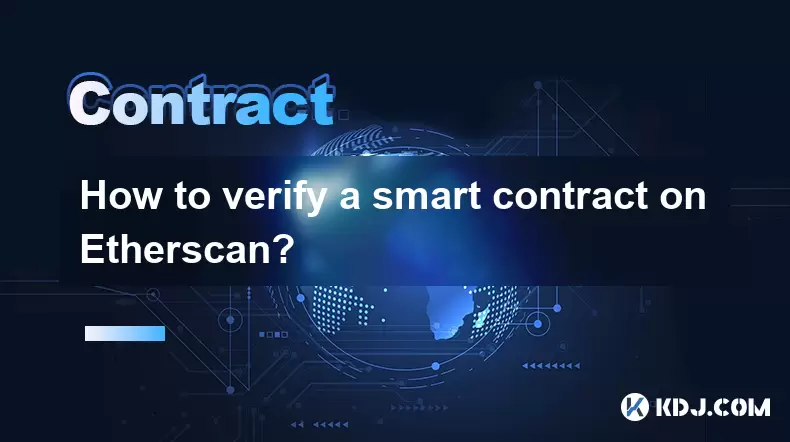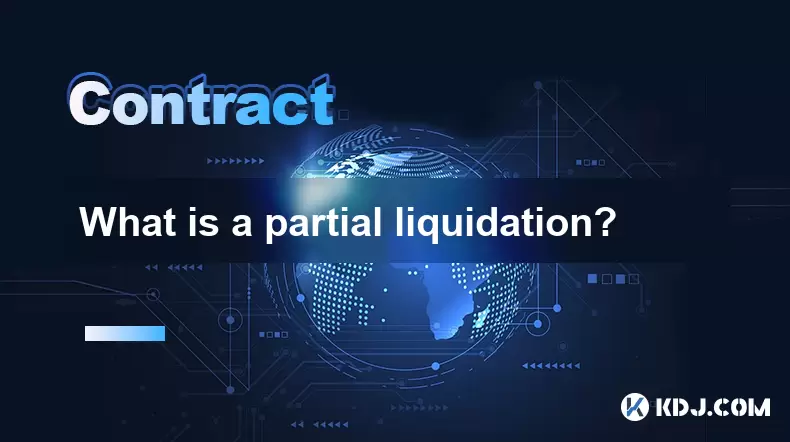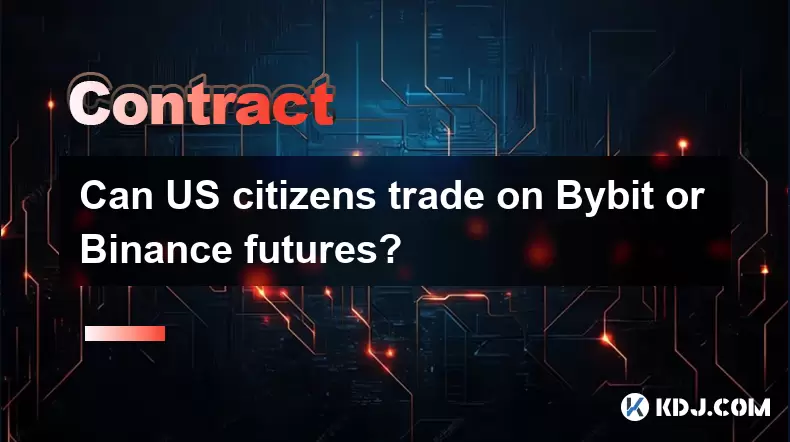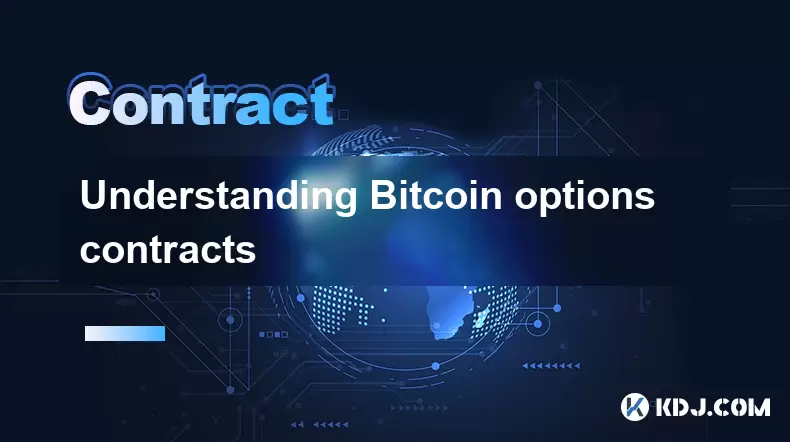-
 Bitcoin
Bitcoin $118100
-0.44% -
 Ethereum
Ethereum $3585
5.43% -
 XRP
XRP $3.434
5.65% -
 Tether USDt
Tether USDt $1.000
0.02% -
 BNB
BNB $743.8
3.89% -
 Solana
Solana $178.7
3.84% -
 USDC
USDC $1.000
0.03% -
 Dogecoin
Dogecoin $0.2381
12.81% -
 TRON
TRON $0.3270
3.62% -
 Cardano
Cardano $0.8315
4.93% -
 Hyperliquid
Hyperliquid $44.51
-4.42% -
 Stellar
Stellar $0.4710
1.52% -
 Sui
Sui $3.896
-2.51% -
 Chainlink
Chainlink $18.09
6.98% -
 Hedera
Hedera $0.2681
9.31% -
 Bitcoin Cash
Bitcoin Cash $516.7
4.83% -
 Avalanche
Avalanche $23.95
6.96% -
 Shiba Inu
Shiba Inu $0.00001490
5.67% -
 UNUS SED LEO
UNUS SED LEO $8.966
0.80% -
 Toncoin
Toncoin $3.294
4.39% -
 Litecoin
Litecoin $105.4
4.69% -
 Polkadot
Polkadot $4.356
5.30% -
 Uniswap
Uniswap $10.29
17.25% -
 Monero
Monero $327.9
-3.04% -
 Bitget Token
Bitget Token $4.942
4.33% -
 Ethena USDe
Ethena USDe $1.001
0.08% -
 Pepe
Pepe $0.00001348
2.17% -
 Dai
Dai $1.000
0.02% -
 Aave
Aave $320.8
0.58% -
 Bittensor
Bittensor $411.8
-4.07%
How to verify a smart contract on Etherscan?
Verifying a smart contract on Etherscan ensures transparency and trust by matching its source code with the deployed bytecode on Ethereum.
Jul 19, 2025 at 03:00 am

What is Smart Contract Verification?
Verifying a smart contract on Etherscan is a crucial process that allows developers and users to ensure the integrity and transparency of a deployed contract. When a contract is verified, its source code is made publicly available on Etherscan, matching the bytecode on the Ethereum blockchain. This enables anyone to review the contract logic, audit for vulnerabilities, and confirm that the deployed contract behaves as intended. Verification is not mandatory, but it significantly increases trust among users interacting with the contract.
Why Should You Verify a Smart Contract?
Verifying a smart contract offers multiple benefits. The most important is transparency — users can inspect the code to ensure there are no malicious functions or backdoors. Additionally, verified contracts are easier to debug and audit by third-party developers or security experts. Etherscan also provides additional features like function read/write access, event logs, and integration with other tools when a contract is verified. Without verification, the contract remains a black box to the public, which may discourage adoption or interaction due to trust concerns.
Prerequisites for Verifying a Smart Contract
Before initiating the verification process, certain prerequisites must be met. First, the contract must be deployed on the Ethereum mainnet or a supported testnet like Ropsten or Goerli. You need the contract address, the transaction hash of the deployment, and the Solidity source code used to compile and deploy the contract. Additionally, you must know the compiler version and optimization settings used during compilation. If you used a development framework like Truffle or Hardhat, make sure to retain the ABI-encoded constructor arguments if your contract has a constructor with parameters.
Steps to Verify a Smart Contract on Etherscan
To begin the verification process, go to Etherscan and navigate to the contract address. Click on the Contract tab and then select Verify and Publish. You will be redirected to a form where you need to input several details. First, enter the contract address in the provided field. Then, paste the Solidity source code into the code editor. Make sure the code is complete and includes all imported files. If your contract uses multiple files, use the +Add More File option to upload them. Next, select the compiler version that matches the one used during deployment. If optimization was enabled during compilation, check the Optimization box and input the runs value if applicable.
Handling Constructor Arguments
If your contract has a constructor with parameters, you must provide the ABI-encoded constructor arguments. These arguments are typically generated during deployment and can be retrieved from the deployment transaction. In Hardhat, for example, you can access them via the deployTransaction.data field. Alternatively, you can use tools like ethers.js or web3.js to encode the constructor arguments based on the parameter types. Once encoded, paste the result into the Constructor Arguments field on Etherscan. This step is critical because mismatched constructor arguments will cause verification to fail.
Troubleshooting Common Verification Issues
Even with the correct source code and compiler settings, verification may fail due to subtle mismatches. One common issue is incorrect optimization settings — if optimization was enabled during compilation, it must also be enabled during verification. Another issue arises from library addresses — if your contract uses external libraries, their addresses must match those used during deployment. Additionally, pragma version mismatches can cause verification to fail. For example, if your code uses pragma solidity ^0.8.0, but the deployed bytecode was compiled with 0.8.4, verification may not succeed. To resolve this, ensure the exact compiler version and settings are used.
Frequently Asked Questions
1. Can I verify a contract that uses imported libraries?
Yes, contracts that use imported libraries can be verified. You must include all imported files in the verification process. Etherscan allows you to upload multiple files using the +Add More File option during verification.
2. What should I do if my contract verification fails?
If verification fails, double-check the compiler version, optimization settings, and constructor arguments. Also, ensure that the source code exactly matches the version used during deployment, including comments and whitespace.
3. Is it possible to verify a contract after a long time has passed since deployment?
Yes, as long as you still have the original source code and deployment details, you can verify a contract at any time. There is no expiration for verification on Etherscan.
4. Does verifying a contract cost Ether?
No, verifying a contract on Etherscan does not require any Ether payment. The process is free, but you must have the correct deployment and compilation details to succeed.
Disclaimer:info@kdj.com
The information provided is not trading advice. kdj.com does not assume any responsibility for any investments made based on the information provided in this article. Cryptocurrencies are highly volatile and it is highly recommended that you invest with caution after thorough research!
If you believe that the content used on this website infringes your copyright, please contact us immediately (info@kdj.com) and we will delete it promptly.
- Penny Altcoins Eyeing $1 in Q3 2025: Cardano, BlockchainFX, and the Hunt for Crypto Gold
- 2025-07-19 05:10:13
- Trump, Stablecoins, and New Laws: A Crypto Revolution?
- 2025-07-19 05:10:13
- Princess Anne's 75th Birthday: A Royal First and a Celebration of Duty
- 2025-07-19 04:50:13
- Flare Crypto: Powering the Decentralized Future with a Robust Data Backbone
- 2025-07-19 04:55:13
- Bitcoin's Record Highs: Navigating Risk Assets in the Crypto Craze
- 2025-07-19 05:00:13
- Passive Income Revolution: Crypto Cloud Mining in 2025
- 2025-07-19 05:05:13
Related knowledge

What is a maker vs a taker fee?
Jul 19,2025 at 01:14am
Understanding the Basics of Cryptocurrency Exchange FeesIn the world of cryptocurrency trading, maker vs taker fees are a fundamental concept that eve...

What is a partial liquidation?
Jul 19,2025 at 01:49am
Understanding the Basics of Partial LiquidationIn the world of cryptocurrency trading, especially within leveraged positions, partial liquidation refe...

Example of a Bitcoin futures trade
Jul 19,2025 at 12:43am
Understanding Bitcoin Futures TradingBitcoin futures trading is a financial instrument that allows investors to speculate on the future price of Bitco...

Can US citizens trade on Bybit or Binance futures?
Jul 18,2025 at 10:14pm
Understanding the Legal Status of US Citizens on Global Crypto ExchangesThe question of whether US citizens can trade on Bybit or Binance futures is o...

Understanding Bitcoin options contracts
Jul 18,2025 at 10:56pm
What Are Bitcoin Options Contracts?Bitcoin options contracts are financial derivatives that allow traders to speculate on the future price of Bitcoin ...

What are the risks of trading Bitcoin contracts?
Jul 19,2025 at 03:49am
Market Volatility and Price FluctuationsTrading Bitcoin contracts involves exposure to extreme market volatility, which is one of the most significant...

What is a maker vs a taker fee?
Jul 19,2025 at 01:14am
Understanding the Basics of Cryptocurrency Exchange FeesIn the world of cryptocurrency trading, maker vs taker fees are a fundamental concept that eve...

What is a partial liquidation?
Jul 19,2025 at 01:49am
Understanding the Basics of Partial LiquidationIn the world of cryptocurrency trading, especially within leveraged positions, partial liquidation refe...

Example of a Bitcoin futures trade
Jul 19,2025 at 12:43am
Understanding Bitcoin Futures TradingBitcoin futures trading is a financial instrument that allows investors to speculate on the future price of Bitco...

Can US citizens trade on Bybit or Binance futures?
Jul 18,2025 at 10:14pm
Understanding the Legal Status of US Citizens on Global Crypto ExchangesThe question of whether US citizens can trade on Bybit or Binance futures is o...

Understanding Bitcoin options contracts
Jul 18,2025 at 10:56pm
What Are Bitcoin Options Contracts?Bitcoin options contracts are financial derivatives that allow traders to speculate on the future price of Bitcoin ...

What are the risks of trading Bitcoin contracts?
Jul 19,2025 at 03:49am
Market Volatility and Price FluctuationsTrading Bitcoin contracts involves exposure to extreme market volatility, which is one of the most significant...
See all articles

























































































